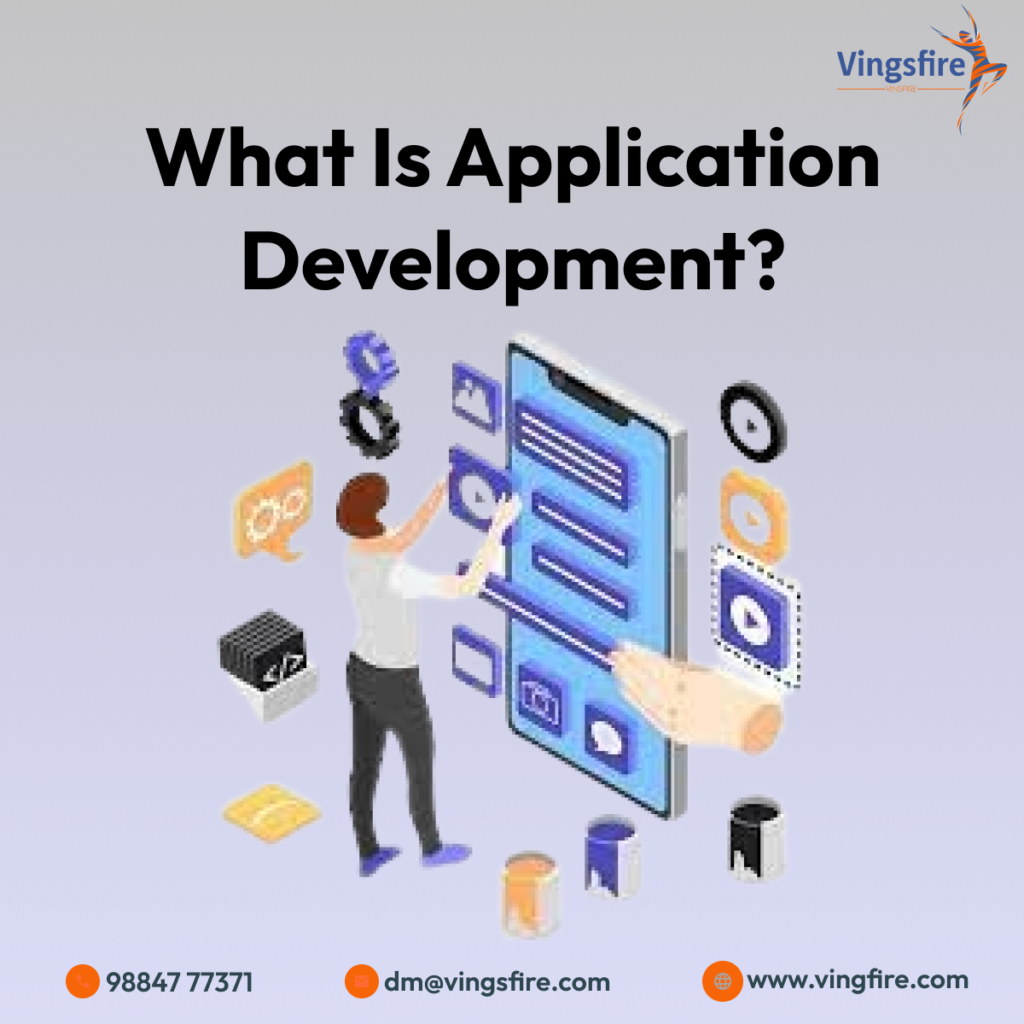Introduction :
In the dynamic world of mobile application development, React Native has emerged as a game-changer. This open-source framework, maintained by Facebook, allows developers to create high-performance mobile apps using familiar web development languages. In this comprehensive guide, we will explore the key steps to develop a mobile application with React Native, unleashing the potential for cross-platform excellence.
Learn More Vingsfire:-
1.LINKEDIN
2.FACEBOOK
Understanding React Native:
React Native is a JavaScript framework that enables the development of mobile applications for both iOS and Android platforms. The framework leverages the power of React, a popular JavaScript library for building user interfaces, to create a seamless development experience. What sets React Native apart is its ability to write code once and deploy it on multiple platforms, saving developers time and effort.
Setting Up Your Development Environment:
Before diving into React Native development, it’s essential to set up your development environment. Install Node.js, the React Native CLI, and a code editor such as Visual Studio Code. Additionally, you’ll need to set up emulators for both iOS and Android to test your app on different platforms.
Creating a New React Native Project:
Once your environment is set up, initiate a new React Native project using the command-line interface. This will generate the basic structure for your mobile app. React Native’s modular and component-based architecture makes it easy to build a user interface by combining pre-built components develop mobile application.
Building the User Interface :
Designing an intuitive and responsive user interface is crucial for the success of any mobile application. With React Native, you can create a visually appealing UI using JavaScript and React components. Leverage the extensive library of pre-designed components or customize develop mobile application them according to your app’s requirements.
Implementing Functionality :
React Native allows you to implement functionality using JavaScript, and it provides access to device-specific APIs. Whether you need to access the camera, GPS, or other hardware features, React Native simplifies the process, making it possible to integrate native functionality seamlessly develop mobile application.
Testing and Debugging :
Thorough testing is essential to ensure your mobile app functions correctly on both iOS and Android devices. React Native provides robust tools for testing and debugging, allowing developers to identify and fix issues efficiently.
Conclusion:
Developing a mobile application with React Native opens up exciting possibilities for cross-platform development. By following these key steps, you can harness the power of this framework to create high-performance, user-friendly mobile apps that cater to a broad audience develop mobile application.













